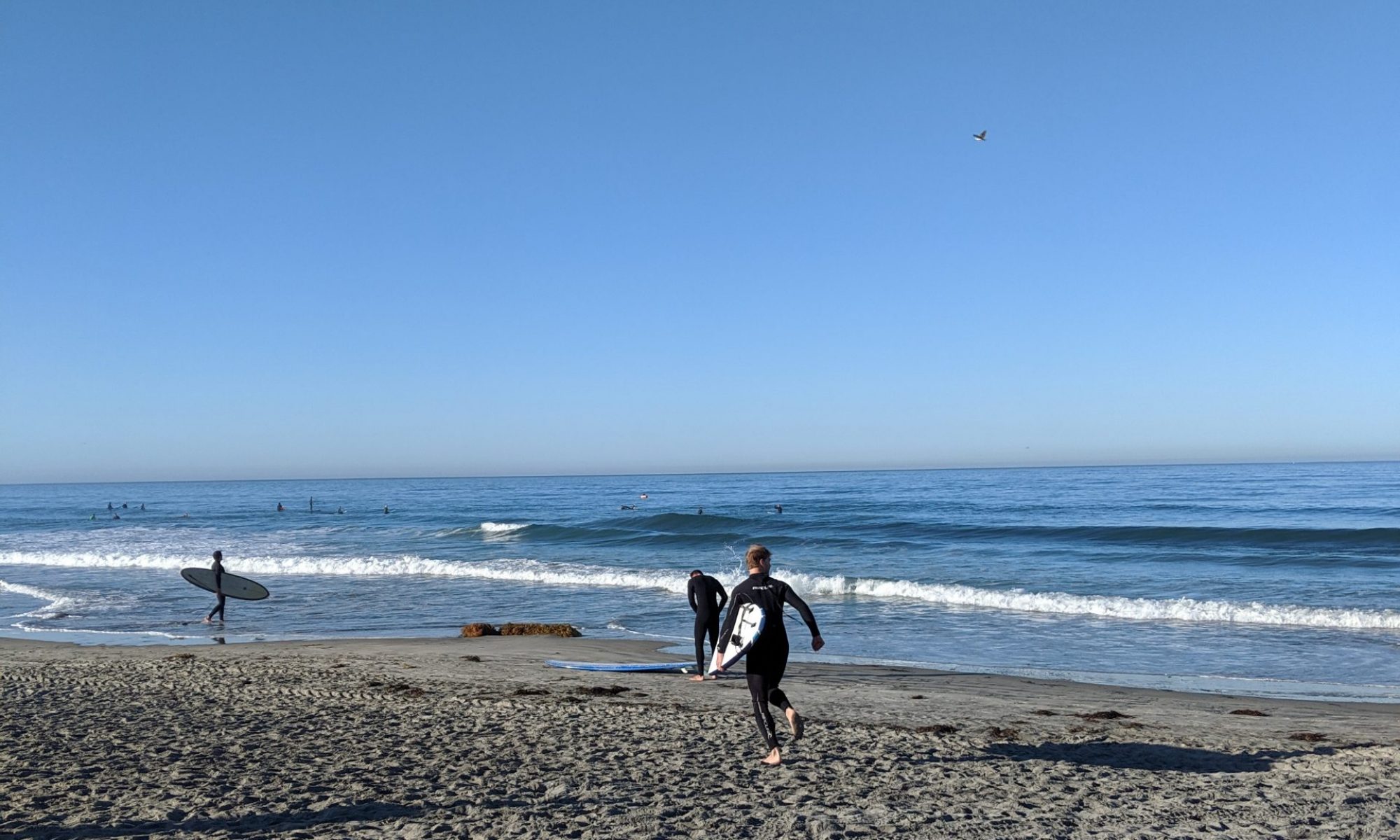Last week I attended a lecture by neuroscientist Vittorio Gallese entitled “What is so special with embodied simulation”. Among other things, I was really surprised to learn that the brain encodes positions of objects in space using egocentric as well as allocentric coordinate systems. Is that the neurological argument why SpatDIF supports more than just one coordinate system?
ViMiC 64-bit update
 In the last few days I did some maintenance work on the ViMiC max external, mainly to make it more efficient and to take advantage of max6′s 64-bit audio signals. I’m pretty pleased about the outcome – running my test patch, using 8 inputs and 5 outputs, the Vimic_lite method is now down to
In the last few days I did some maintenance work on the ViMiC max external, mainly to make it more efficient and to take advantage of max6′s 64-bit audio signals. I’m pretty pleased about the outcome – running my test patch, using 8 inputs and 5 outputs, the Vimic_lite method is now down to 18 % 14 % CPU including 1st order reflections. This update will be included in the next Jamoma release.
If you want to try it now, I’ve also updated my standalone demo app for spatializing Major Tom in a 5.0 ITU setup (mac only).
Panda board is here
 Today, the mailman brought a Panda board ES, a low-cost ARM 1.2 GHz multicore computer on a single board.
Today, the mailman brought a Panda board ES, a low-cost ARM 1.2 GHz multicore computer on a single board.
The next step will be to make Linux and Jamoma working on it (like Tim Place on his beagle board). Also the Satellite CCRMA project is on my radar….
Did I mention the Panda board is really small? See the picture on the left. The brown thing in plastic is a cranberry muffin from Brewed Awakening I picked up this morning.
Back from Jamoma development workshop
I just got back from the heartlands where 74objects generously hosted the second Jamoma development workshop of this year.
The workshop focused on audio processing within Jamoma, i.e. the JamomaDSP library and the Jamoma Audio Graph. Often our workshop end with a lot of unfinished and also broken code due to conceptual changes in we think Jamoma should work. This time was different: we actually managed to significantly improve the performance and didn’t break anything on purpose. We rather dramatically improved the processing speed and memory cost of the Jamoma Audio Graph and made progress on the Spatialization library. Moreover, Jamoma is ready for 64-bit processing which will be supported with the upcoming Max6. (See the list of all changes here).
As a side note, it was interesting and a bit cumbersome to use an ipad for sketching ideas on how to improve the pulling mechanism of our audio graph. The sketches result in a kind of Jackson Pollack painting.


The ML semester
The new school year has started here at UCB a few weeks ago. After some mellow summer weeks, the campus is now crowded with students again.
Motivated by recent publications which apply machine learning tools to room acoustics research (such as Shabtai et al. on room volume classification based on room impulse responses), I decided to extend my machine learning knowledge and attend the courses Introduction to Machine Learning with Stuart Russell and Statistical Learning Theory with Michael Jordan and Martin Wainwright. I’m going to use this new knowledge in a spatial sound classification project at the end of this year.
Hella World!
Welcome to my website. After several years of procrastinating, I finally managed to get a domain and set this up.
After figuring out how wordpress works, I am planning to use this site for documenting my research …. stay tuned.
And no, I am not at facebook, but a lot of my doppelgängers are.

